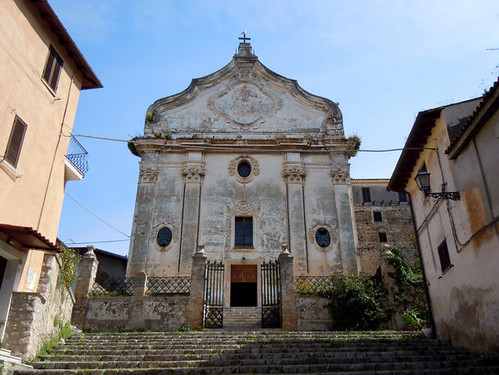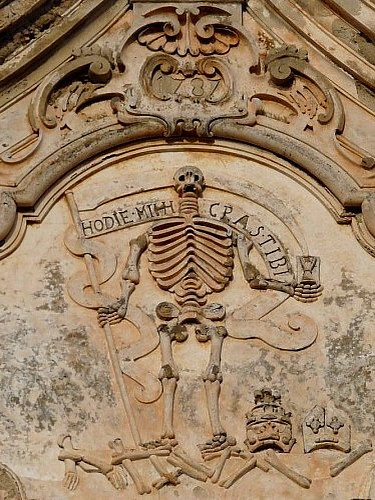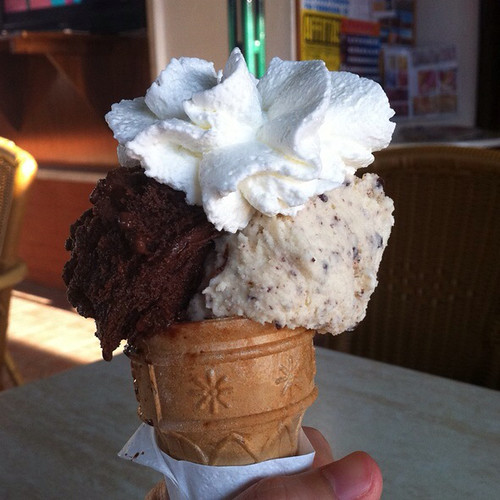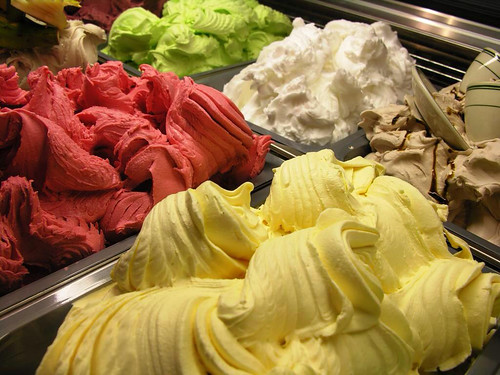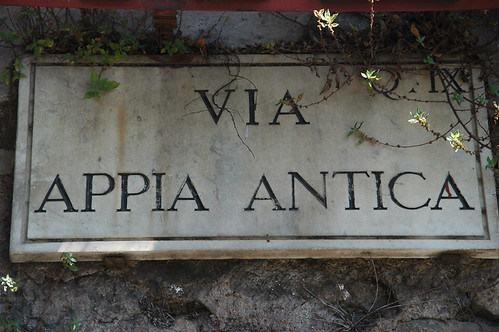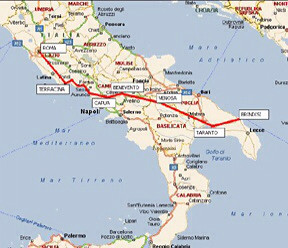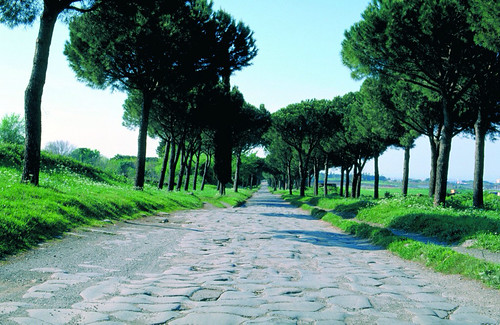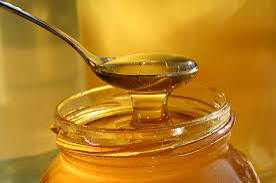All over Italy there are a variety of local festivals held at different times to celebrate different things - olive oil, fish, grape. There really is a festival for almost anything! There usually is a huge amount of food involved and drink. You usually see them advertised on banners, posters or in newspapers. Many are well-known and happen every year.
I have tried to find all the Sagre that are local to the Latina region. Bear in mind that new sagre are organised all the time and although old ones usually do happen, they can be cancelled or have dates changed. Check before heading to one that is listed here. This can be done on line about a month before the festival or checking at information centres in larger towns. There usually are posters and banners on display in the town/village itself. It's worth keeping your eyes peeled as you travel around for ones that aren't listed here!
Bassiano
Sagra del Prosciutto (21-28 June)
Borgo Vodice (the tiny farming village where our house is - we are fortunate to have loads!)
Sagra della Bufala con Polenta (7- 8th June)
Gastronomic festival (Second Sunday in July)
Bavarian Beer Festival (30 July to 3rd August)
Festa di Cristo Re (August)
Oktoberfest and Trebbiano dei Bagigi (10 to 12 October)
Cisterna di Latina
Cisternese Carnival, with a parade of floats and masked groups in the streets of the city centre and ballo in maschera the evening of Shrove Tuesday in the courtyard of the Palazzo Caetani.
Fiera della Ricalata (last Sunday in October), with re-enactment of the ancient market.
Cisternese Christmas (from 8 December to 6 January), with polenta, fagiolata, artistic Nativity scene in the caves of Palazzo Caetani.
Cori
Historic carousel dei Rioni-Palio della Madonna del Soccorso (last Sunday in May), with the participation of three districts (Ninfina, Roman and Signina)
Historic carousel dei Rioni-Palio di Mariano Stabile, (third Sunday in July), with the Palio Race.
Feast of the Madonna del Soccorso (second Sunday of May and following Monday), with the Palio Race.
Minturno
Regne and fire at the Castle (second weekend in July).
Norma
Palio dei Comuni Pontini (last Sunday in July).
Sagra Of Olive Oil (last Sunday in March)
Sagra of Chestnuts (last Sunday of October)
Roccagorga
Strawberry Grape Festival (1st Sunday in October).
Roccasecca dei Volsci
Feast of the Goat (last Sunday of August)
Sabaudia
Agricultural festival 5 - 6 July
Sermoneta
Feast of San Giuseppe Faoni (18-19 March)
Festa della Madonna della Vittoria (second Sunday in October), with historical re-enactment of the battle of Lepanto.
Sezze
Representation of the passion of Christ (Good Friday), in period costume.
Artichoke Festival (mid-April).
Sagra della Panzanella (3 - 6 July).
Sonnino
Festival of Lights (Ascension, 6th Sunday after Easter).
Spigno Saturnia
Chestnut Festival (2nd Sunday of October).
Terracina
Festa Marinara/ Festa della Madonna del Carmine: The Festival of the Sea takes place in July and occupies an important place in Terracina's folklore, linked to the town's long fishing history. A statue of the Virgin Mary "Madonna" is placed in a fishing boat, and accompanied out to sea by other boats, decked out with shells, flowers and lights. The procession sails from Terracina port to Circeo. On their return, fireworks are set off from the boats. There is also a fish and seafood festival, with exhibitions of folklore and fried fish stands.



